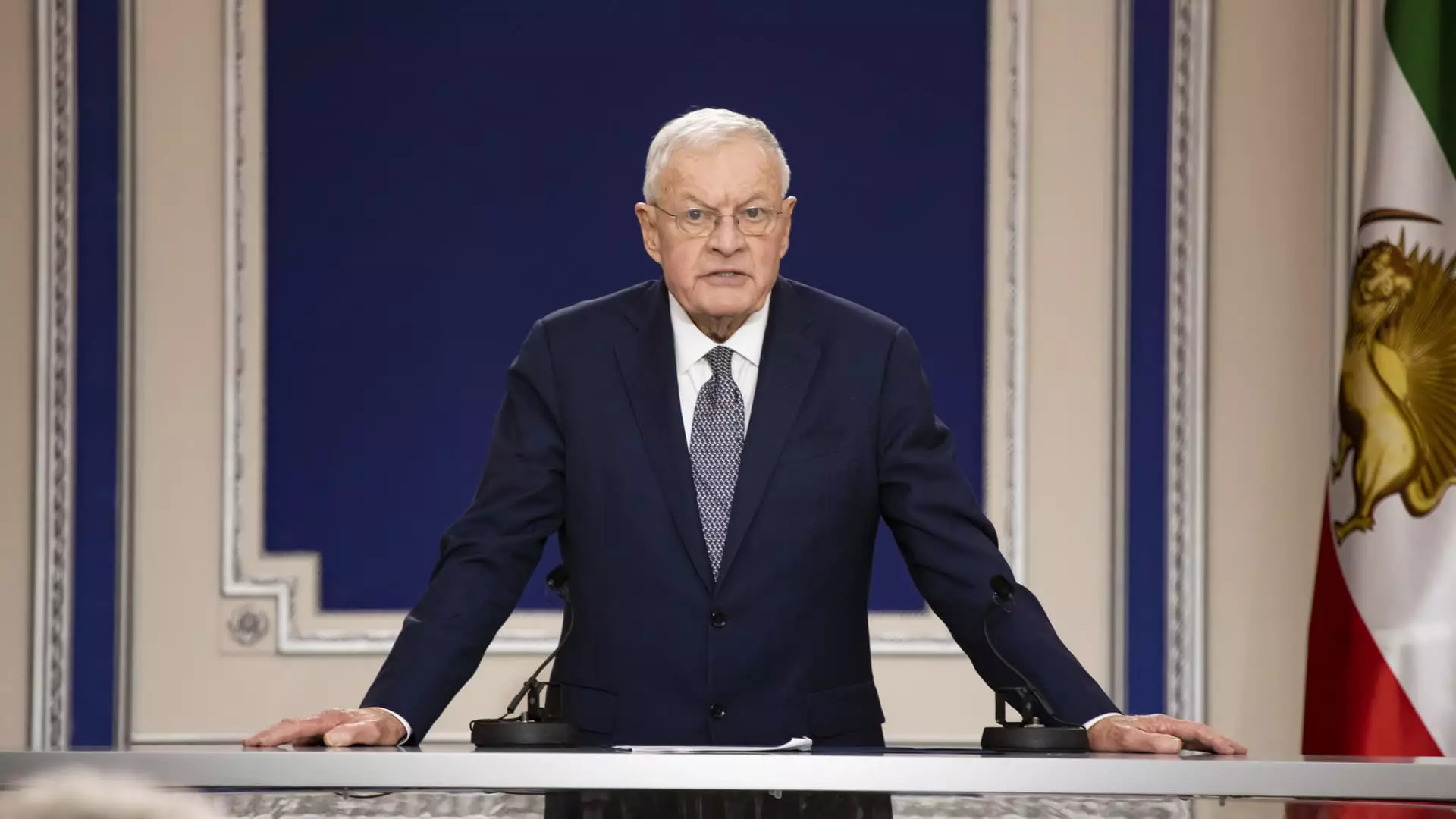The ongoing conflict between Ukraine and Russia has captured the attention of the international community, as diplomatic efforts to reach a viable peace agreement continue to evolve. Recent remarks by U.S. Special Presidential Envoy for Ukraine and Russia, Keith Kellogg, have ignited discussions about potential breakthroughs that could be on the horizon. Kellogg’s assertion that a peace plan may materialize in mere days or weeks presents both hope and skepticism, raising essential questions about the mechanisms involved in securing a long-lasting settlement.
At the Munich Security Conference, Kellogg emphasized the urgency reminiscent of former President Donald Trump’s decisiveness in international relations. Using the phrase “I’m on Trump time,” Kellogg indicated a clear expectation that solutions are not only desired quickly but are also achievable within a rapidly closing timeframe. This notion of urgency is critical, yet raises concerns about the effectiveness of hastily constructed agreements. Historical precedent suggests that hasty negotiations often lead to superficial deals, lacking in durability and depth, which may ultimately result in further conflict.
Kellogg’s perspective of the ongoing peace discussions reveals a dual-track strategy, wherein U.S. representatives engage with both Ukraine and Russia—an approach that underscores the complexity of the situation. This dual engagement is essential for ensuring that all stakeholders are included in conversations that will affect their sovereignty and collective security. However, it is crucial to evaluate whether this method truly allows for equitable representation or if it merely pays lip service to the broader framework of international diplomacy.
The importance of involving Ukraine and its European allies in peace negotiations cannot be overstated. Kellogg explicitly noted the need for inclusivity, arguing that peace cannot be successfully negotiated without the participation of those directly impacted by the conflict. His stance indicates an acknowledgment of the interconnectedness of national interests and regional stability, yet it also raises questions regarding the effectiveness of excluding Europe from the negotiation table. While Kellogg suggested that Europe’s interests will be considered, one can argue that true engagement requires their physical participation in discussions.
Moreover, the concerns expressed by European leaders highlight the precarious nature of these talks. The insistence from EU officials that durable peace hinges on their involvement indicates a recognition that the stakes extend beyond Ukraine and Russia. As Croatia’s Prime Minister, Andrej Plenković, pointed out, an effective peace deal must account for Ukraine’s territorial integrity. This statement reflects a broader understanding within Europe that any negotiated settlement carries ramifications for the continent’s overall security architecture.
Kellogg’s admission that he could not outline specific requirements for a credible security guarantee for Ukraine at this juncture emphasizes the intricacies involved in the negotiation process. While gathering insights seems prudent, it does raise legitimate concerns about the preparedness of the U.S. to take decisive steps toward a solution. The notion that the U.S. often approaches international issues from a narrow perspective, as Kellogg noted, suggests that a more holistic and inclusive approach is needed to adequately address the concerns of all involved parties.
With leaders from various countries expressing uncertainty about the U.S. administration’s objectives, the need for transparent communication is paramount. The complex interplay of interests and alliances necessitates an understanding of how the U.S. envisions its role in this process. Iceland’s Prime Minister, Kristrún Frostadóttir, succinctly captured this unease, indicating a broader sentiment across Europe that there remains ambiguity regarding U.S. intentions.
As discussions continue to take shape amidst pressing deadlines, it is imperative that stakeholders recognize the unique dynamics of this conflict. The multifaceted nature of the Ukraine-Russia negotiations calls for a thoughtful approach, one that prioritizes not only swift resolutions but also sustainable outcomes that genuinely benefit the peoples of both nations. The path toward peace demands patience, insight, and, above all, a commitment to fostering cooperative relationships that transcend political boundaries.
While the prospect of a peace plan emerging soon seems promising, the road ahead is fraught with complexity. It will require the collaboration of not just Ukraine and Russia, but also the indispensable participation of Europe and other allies to ensure that any agreement reached is not only effective in the immediate term but durable against the tests of time. Only through inclusive dialogue can the dream of lasting peace be transformed into reality.

